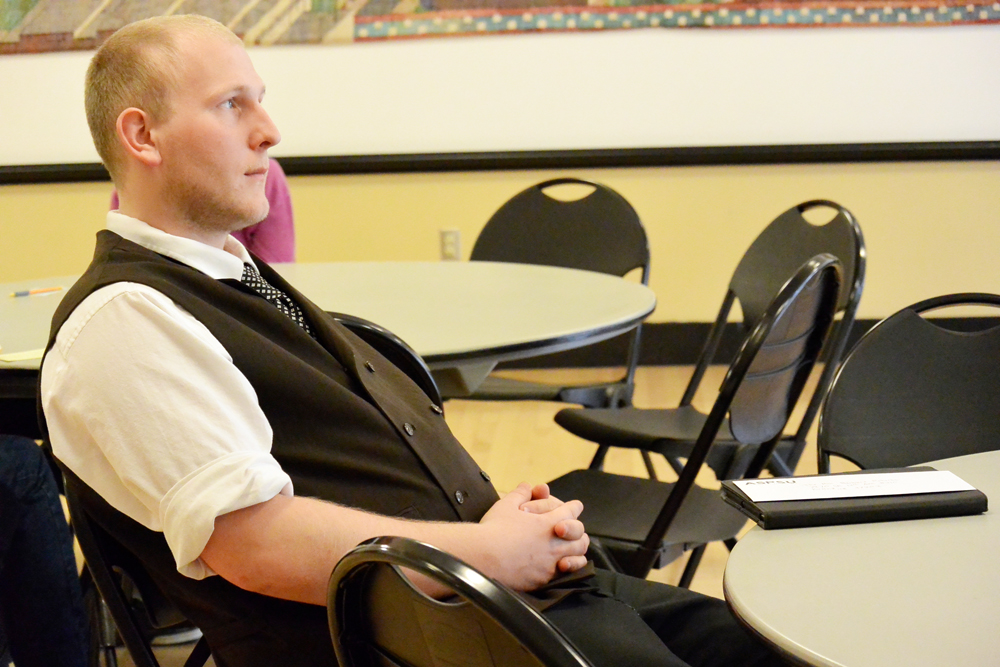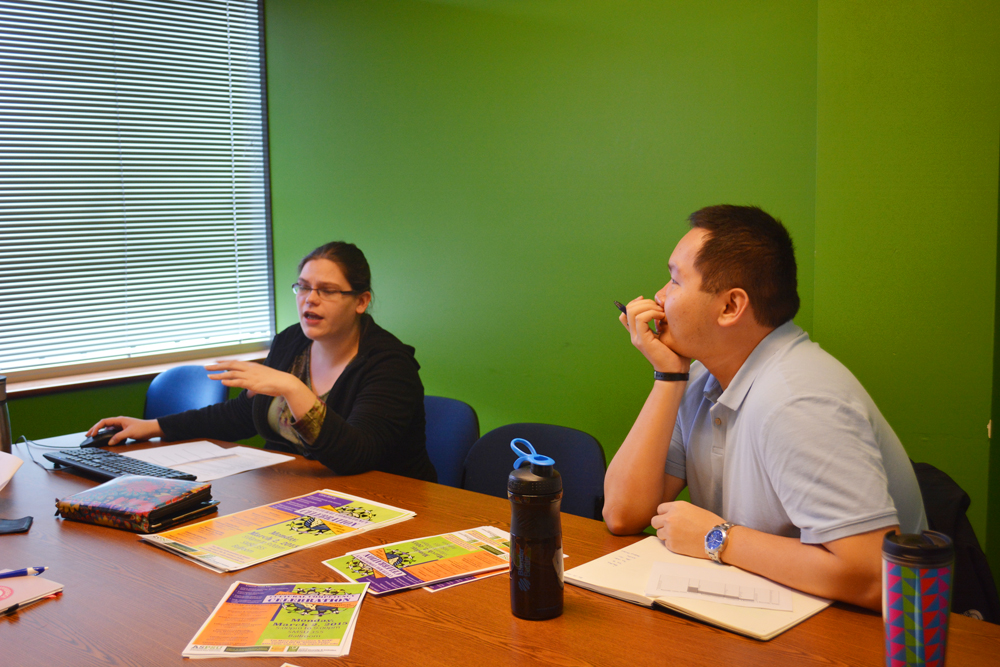The ASPSU Judicial Board is preparing for spring term’s student body elections. The board is releasing Election Packets on Tuesday, Feb 24.
The packet will outline rules and regulations candidates must follow. It will also include a slate waiver to make sure all members of the slate are responsible for each other’s actions. Furthermore, it consists of a list of qualifications such as credit and GPA requirements that candidates must abide by.
“The main point of the Election Packet is for candidates to be aware of their responsibilities,” said ASPSU Chief Justice Nathan Claus. “It has the requirements of the jobs, how to figure out how to campaign, list of the important dates that the individuals need to know about, and the slate waiver.”
Specific requirements include having an undergraduate minimum GPA of 2.5 or graduate minimum GPA of 3.0, be enrolled in six graded credits, and be in good academic standing.
“Besides academics, they have to be willing to do the job, and…know what they’re signing on for,” Claus said. “For instance, if they want to work in the Student Fee Committee, they must work over the summer, and…they must be committed to go to senate meetings throughout the year.”
ASPSU Adviser Candace Avalos said, “The main thing is that they campaign by getting the word out, talking to students, etc. I always tell the candidates that while, yes, the election is about them trying to get voted into office, what’s more important is that they engage the campus in the political process and encourage their peers to care about their student government and learn more.”
The packet will be due on March 20.
The Elections Committee has been finalized, the committee’s bylaws have been approved, and the elections manual was approved on Feb. 23.
Last year, the elections lacked many of these regulations, which led to confusion among the candidates and the J-Board. The J-Board hopes that all of these changes will ensure a smooth election with a greater voter turnout.
“Some of the cool things we have done this year to essentially make the elections flow more easily is we have done backwards planning from basically the beginning of this term,” Claus said. “Last year there really was not a whole lot of planning. I feel like we are going to be in a lot better position once the elections start.”
“We have the Elections Committee Bylaws along with the J-Board Bylaws, and also the Elections Manual,” he continued. “We also have a separate Elections Committee.”
Last year, the J-Board and the Elections Committee were the same group.
“If you were to appeal an Elections Committee decision to the J-Board, you would have the exact same group of individuals, just wearing different hats, so it was confusing,” Claus said. “Whereas this year, with two separate groups, if a candidate decides to appeal, it will actually go to a separate body that will not be as directly involved as the Elections Committee has been.”
Campaigning will begin on April 6, the start of spring term. The ASPSU Senate, J-Board and Elections Committee will all be working together to eliminate confusion and have as much participation from the student body as possible.
“The biggest thing we are talking about right now in student government is how to recruit students to run in the election and to have a fairly good and competitive student election,” said ASPSU President Eric Noll. “We want a minimum of 40 students, and basically the more the better.”
Noll continued, “We want to ensure that the student body has choices and a kind of competitive perspective on who is going to represent them next year.”
Noll further emphasized the key to diversity in the elections.
“In the past, we’ve seen elections with only 20 candidates all in the 20 slate, so it does not give the student body much of a choice of who represents them, which is the purpose and intent of the elections,” Noll said. “We’re hoping to see an election with folks who are running as plentiful as there were last year, if not more. We’re working on our outreach and efforts there to get people to run.”
ASPSU hopes to have a voter turnout of at least 3,000 students, which is about 10 percent of the student population.
Noll stated that average voter turnout for commuter universities across the nation is around 5–15 percent, therefore 10 percent will mean a “very engaged student body.”
The voter turnout last year, with four to five slates running, was around 2,900 students.
Avalos encouraged students who are interested in running to contact her about any questions.
“Running for student government can seem intimidating but it’s absolutely doable and I want to make sure students know I’m a resource for them,” Avalos said.





